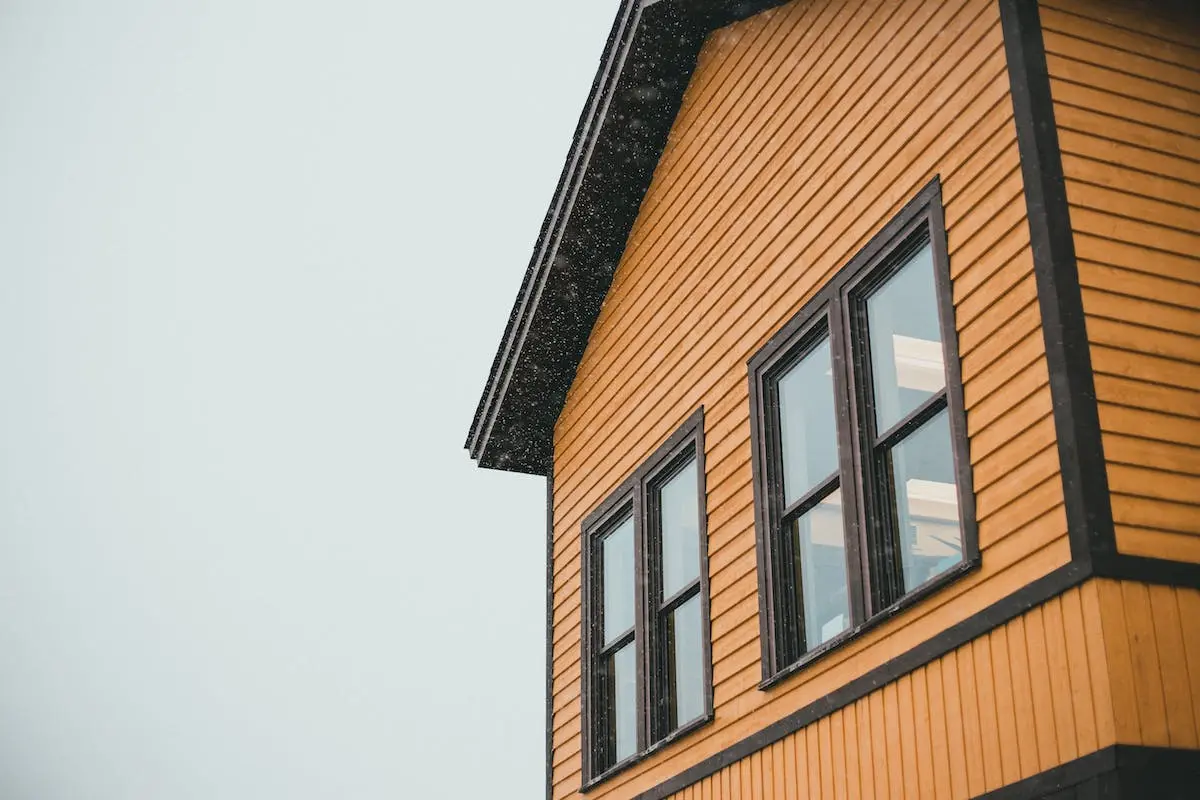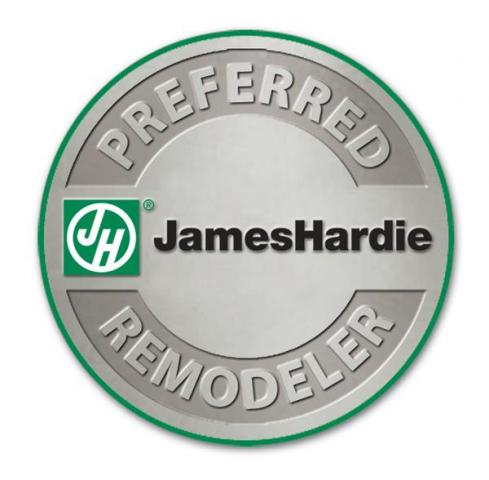Introduction to siding materials
Siding materials for homes come in various types and each has its pros and cons. When considering siding for your home, it’s important to choose a material that matches your aesthetic preferences, fits within your budget, and provides durability. Common siding options include vinyl, wood, fiber cement, aluminum, and stucco. Each material offers different levels of maintenance, weather resistance, and cost. Consider these factors when selecting the right siding material for your home.
Wood siding: characteristics and benefits
Wood siding brings a natural and timeless look to your home. It is known for its durability and versatility, making it a popular choice among homeowners. Some of the key benefits of wood siding include its ability to withstand harsh weather conditions, its eco-friendly nature, and the ease of customization. Additionally, wood siding offers a warm and inviting aesthetic, adding to the overall charm of your home. Keep in mind that proper maintenance, such as regular painting or staining, is essential to ensure the longevity of wood siding.
Vinyl siding: pros and cons
Vinyl siding is a popular option for homeowners due to its affordability and low maintenance. Here are some pros and cons to consider:
Pros:
- Affordable: Vinyl siding is generally more cost-effective compared to other siding materials.
- Low maintenance: It requires minimal maintenance, just occasional washing to keep it looking fresh.
- Variety: Comes in a wide range of colors and styles to suit different aesthetic preferences.
- Durability: Resistant to rot, rust, and pests, making it a long-lasting option.
Cons:
- Prone to damage: It can be damaged by impact, extreme temperatures, or high winds.
- Not eco-friendly: Vinyl is a plastic material, so it may not be the best choice for those looking for sustainable options.
- Limited repair options: If damaged, it may be challenging to repair certain types of vinyl siding.
Fiber cement siding: durability and maintenance
Fiber cement siding is known for its durability and low maintenance. It is resistant to rot, fire, and insects, making it a long-lasting option for your home. Additionally, it requires minimal upkeep, with just occasional cleaning to maintain its appearance. Keep in mind that proper installation is crucial for maximizing the lifespan and performance of fiber cement siding.
Metal siding options and considerations
Metal siding provides a modern and sleek look for your home. It is durable and can withstand harsh weather conditions. However, it may dent easily and be prone to rust, so regular maintenance is important. Some popular metal siding options include aluminum, steel, and zinc. Aluminum is lightweight and resistant to corrosion. Steel is strong and can be coated for additional protection. Zinc, while less common, offers a unique aesthetic and is environmentally friendly. When considering metal siding for your home, it’s essential to assess the climate in your area, as well as the maintenance requirements and aesthetic preferences.
Engineered wood siding: features and cost
Engineered wood siding is a popular option known for its durability and low maintenance. It is made from wood strands or fibers bonded with adhesives and compressed into boards. Engineered wood siding typically costs between $5 to $10 per square foot, making it an affordable choice for homeowners. It is available in a variety of colors and textures, providing versatility in design. Additionally, it is resistant to rot, decay, and insects, making it a long-lasting solution for your home’s exterior.
Stucco siding: aesthetics and upkeep
Stucco siding is known for its smooth, elegant appearance and is popular for its low maintenance. It offers a seamless, modern look that is highly appealing for many homeowners. However, it may require occasional touch ups and repainting to maintain its aesthetic appeal. Stucco siding is susceptible to cracks and chips, especially in areas with extreme weather conditions, which can require regular maintenance. Despite this, stucco siding remains a popular choice due to its timeless appeal and ability to enhance the overall look of a home.
Brick and stone veneer: installation and longevity
Brick and stone veneer can be a durable and attractive option for your home’s exterior. They have a good resistance to fire and can last a long time, sometimes up to 100 years or more, with proper maintenance. The installation of brick and stone veneer involves attaching the material to the exterior wall, which can be labor-intensive and may require professional installation. This type of siding can also add a classic and timeless look to your home’s exterior, enhancing its curb appeal and overall value.
Factors to consider when choosing siding materials
When choosing siding materials for your home, it’s important to consider various factors to ensure you make the right choice. Here are some key considerations:
- Durability: Different siding materials have varying levels of durability, so consider the climate and weather conditions in your area.
- Maintenance: Some materials require more maintenance than others, so think about how much time and effort you’re willing to invest in upkeep.
- Aesthetic Appeal: Consider the aesthetic appeal of different siding materials and how they will complement the overall look of your home.
- Cost: Evaluate the initial cost of the materials as well as the long-term maintenance expenses to determine the overall cost-effectiveness.
- Environmental Impact: Take into account the environmental impact of the materials and whether they are sustainable and eco-friendly.
Conclusion and final thoughts
When choosing the siding material for your home, it’s essential to consider factors such as durability, maintenance, and aesthetics. Vinyl siding is a popular choice due to its low maintenance and cost-effectiveness, while wood siding provides a natural and timeless look. Fiber cement siding offers a durable and low-maintenance option, while metal siding is known for its longevity and resistance to fire and insects. Ultimately, the best siding material for your home will depend on your specific needs and preferences, so take the time to research and consult with experts to make an informed decision.







